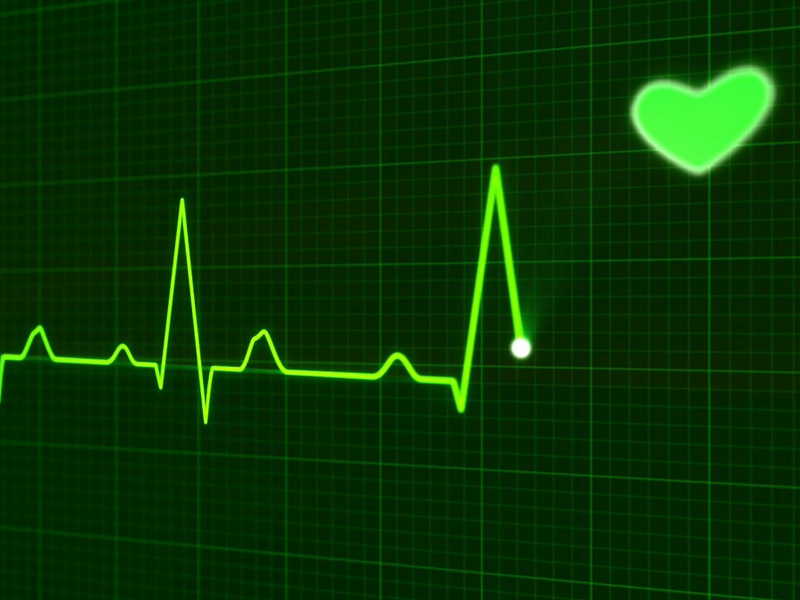Revised advice on acute coronary syndrome incorporates new evidence on when to use oxygen
New guidelines from Australian cardiac experts aim to simplify advice and speed-up treatment for patients with acute coronary syndrome
“The field of cardiology is fast-moving, and it was timely to update the guidelines and clarify a number of issues,” said Associate Professor Andrew MacIsaac, director of cardiology at St Vincent’s Hospital Melbourne.
Despite major advances in the treatment of heart disease, mortality and morbidity remained high, Professor MacIsaac said, with an 18-month mortality for STEMI of 16.2%, 16.3% for a non-STEMI and 6.8% in those with unstable angina.
For GPs, the most relevant aspect of the guidelines, developed by the National Heart Foundation and the Cardiac Society of Australia & New Zealand, relate to patients presenting with acute chest pain or other symptoms suggesting an acute coronary syndrome.
In this situation, a 12-lead ECG should be performed and assessed for ischaemia by an ECG-experienced clinician within 10 minutes of first contact, the guidelines say.
Professor MacIsaac said in the general practice setting, performing an ECG shouldn’t delay transferring a patient to an appropriate medical facility, but if a GP had the ability to do one while waiting for an ambulance, it might assist appropriate care.
Patients with possible ACS and no contraindications should also be given 300mg aspirin as soon as possible after presentation, the guidelines recommend.
They have also incorporated the findings of the Australian AVOID study, which found routinely administering oxygen to patients with a SaO2 of over 93% was possibly harmful, and should be avoided.
The use of oxygen in patients with oxygen saturation levels of 93% or lower is advocated, despite a lack of clinical data.
If a pulse oximeter was unavailable, it was reasonable to defer oxygen until the oxygen saturation could be measured and the situation clarified, Professor MacIsaac said.
The new guidelines also stratify patients with chest pain into high, intermediate or low risk for a cardiac cause.
High-risk patients include those with ongoing chest discomfort despite treatment, an elevated troponin level, syncope, diaphoresis and previous acute MI, PCI or coronary bypass.
Low-risk patients are those who are under 40 years of age, symptom free, have normal troponin levels and ECG.
After hospital discharge, all patients with proven ACS should attend cardiac rehabilitation, the guidelines say. However, in practice, many patients didn’t attend, and therefore missed out on guideline-recommended therapy, Professor MacIsaac warned.
“Often patients are in hospital for short amount of time – they have an angiogram, they may be stented or not, and then they’re home very quickly.”
What was needed was better investment in evaluating interventions and treatment gaps, such as a registry that captured outcomes from risk-adjusted patients, procedures and devices, he said.
The revised guidelines also simplify the target time for myocardial reperfusion in patients presenting with ST-elevation myocardial infarction.
Primary PCI should be performed within 120 minutes of first medical contact, or within 90 minutes of presentation to a PCI-enabled hospital. If not possible, thrombolysis should be administered unless there are complications, the guidelines state.


